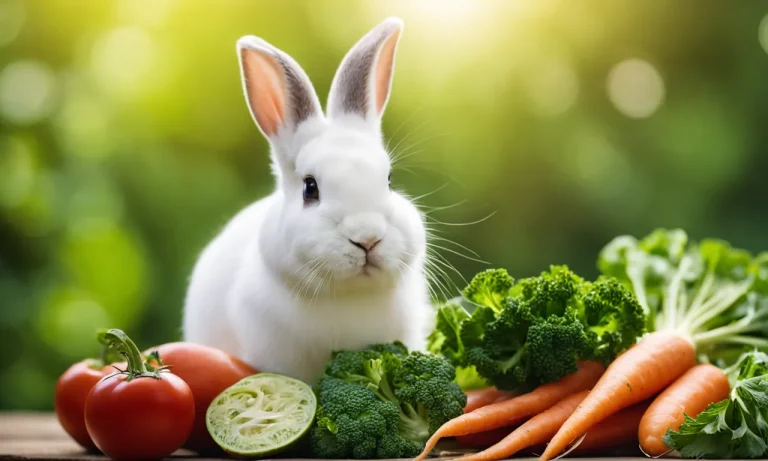Lionesses are some of the most majestic and powerful creatures in the animal kingdom. If you’ve ever wondered what makes these big cats such effective hunters and mothers, you’re in the right place.
If you’re short on time, here’s a quick answer to your question: Lionesses are smaller and more agile than male lions. They do most of the hunting and care for the cubs. Lionesses live in prides together and have a complex social structure.
In this comprehensive guide, we will explore the size, appearance, behaviors, hunting strategies, mating habits, cub rearing, and social structure of lionesses. We will take an in-depth look at what makes these iconic African cats such amazing hunters, mothers, and pride members.
Physical Characteristics
Size and Appearance
Lionesses are smaller and more slender than male lions. An adult lioness typically reaches a length of 5-6.5 feet (not including the tail) and stands 2.5-3.5 feet tall at the shoulder. The average weight range for lionesses is 265-395 pounds. Their size gives them great agility for hunting.
Lionesses have a tawny coat color, lighter than the mane color of male lions. They lack the large mane that distinguishes male lions. The fur is thicker around the neck and shoulders. Their ears have black spots on the backs, and the tail tuft is black.
Lionesses have smaller skulls and less developed nasal openings compared to male lions.
Agility and Strength
Despite their smaller size compared to males, lionesses are powerfully built with a muscular body that gives them tremendous stamina and strength. Their powerful shoulders, neck, jaws and forequarters suit them perfectly for tackling large prey like buffaloes or giraffes.
A lioness’ bite force measures an amazing 691 pounds per square inch, allowing them to crunch through large bones. Their claws are retractable, keeping them sharp for hunting. Lionesses are also incredibly fast runners – they can reach speeds over 36 mph for short bursts.
This explosive speed allows them to quickly chase down prey over short distances up to about 100 yards. Combined with sharp claws for gripping and exceptional leaping ability, their speed makes lionesses formidable hunters.
While males defend the pride’s territory, females do up to 90% of the prides’ hunting according to National Geographic. Pride sisters will work together and coordinate their attack to increase success.
Behaviors
Hunting Strategies
Lionesses are the primary hunters in a pride. They typically hunt in a group, utilizing stealth and teamwork to take down prey much larger than themselves, like buffalo, zebras, and wildebeests. According to a study published on National Geographic, a pride of lions working together can successfully hunt prey over 80% of the time.
Lionesses rely on stalking as their main hunting technique. They stealthily approach potential prey, getting as close as possible while using cover like tall grass or bushes. Once within around 30-50 feet, the lionesses launch their attack, rushing the targeted animal.
One lioness typically grabs the prey by the nose or mouth to suffocate it while the others attack from the sides and back.
Mating Habits
A lioness becomes sexually mature between 2-4 years old. When in heat, the female mates with the dominant male in the pride every 15 minutes or so over a couple day period. Amazingly, a lioness can mate up to 100 times per day while she is fertile!
After a gestation period lasting approximately 3.5 months, the lioness gives birth to a litter of 2-4 cubs. Though the female raises the cubs, the male plays an important role protecting the pride’s territory so the mother has safe space to nurture the young ones.
Cub Rearing
For the first 6-8 weeks after birth, lion cubs are hidden away by their mothers in thick vegetation or an abandoned aardvark burrow to keep safe from predators. The mother nurses and cares for her cubs until they are strong enough to be introduced to the rest of the pride.
At around 8 weeks old, the cubs are brought out into the open by their mother. All the lionesses work together to feed and watch over the youngsters. This communal care of cubs lets multiple females breed at the same time, strengthening the pride.
By age 2, young lions go out on hunts with their mothers to learn survival skills, preparing for an independent life.
Social Structure
Pride Hierarchy
Lionesses live in close-knit social units called prides, which typically consist of around 15 lionesses, their cubs, and a few male lions. The pride has a hierarchical structure with an alpha female at the top. The alpha female demands respect and obedience from the other lionesses.
She leads the hunts, decides when and where the pride will move, and gets first access to food. The other lionesses have their place in the pecking order as well. There is little physical conflict, as each lioness knows her place. This stable hierarchy enables smooth functioning of the pride.
Cooperative Living
Lionesses are highly social compared to male lions. They cooperate in nursing, grooming, and protecting the young cubs. Typically around 3-6 lionesses will give birth at the same time and then suckle each other’s cubs. This increases survival rates.
Lionesses also work together when hunting prey like zebras, antelopes, and wildebeests. They communicate using facial expressions, scent markings, and infrasonic vocalizations while hunting. Their teamwork allows them to tackle prey much larger than themselves.
Living together offers lionesses advantages like stronger defense of territory and better chances of survival for the young. That is why these fierce huntresses thrive on pride life.
Conclusion
In summary, lionesses are fierce, capable hunters and mothers who work together in complex social units called prides. Their smaller size makes them stealthy hunters. As the main food providers, lionesses expertly execute hunts and care for vulnerable cubs.
Lionesses form the core of the pride and cooperate to defend territory and raise young. Understanding the unique characteristics of lionesses provides great insight into the lives of one of the animal kingdom’s most majestic creatures.







